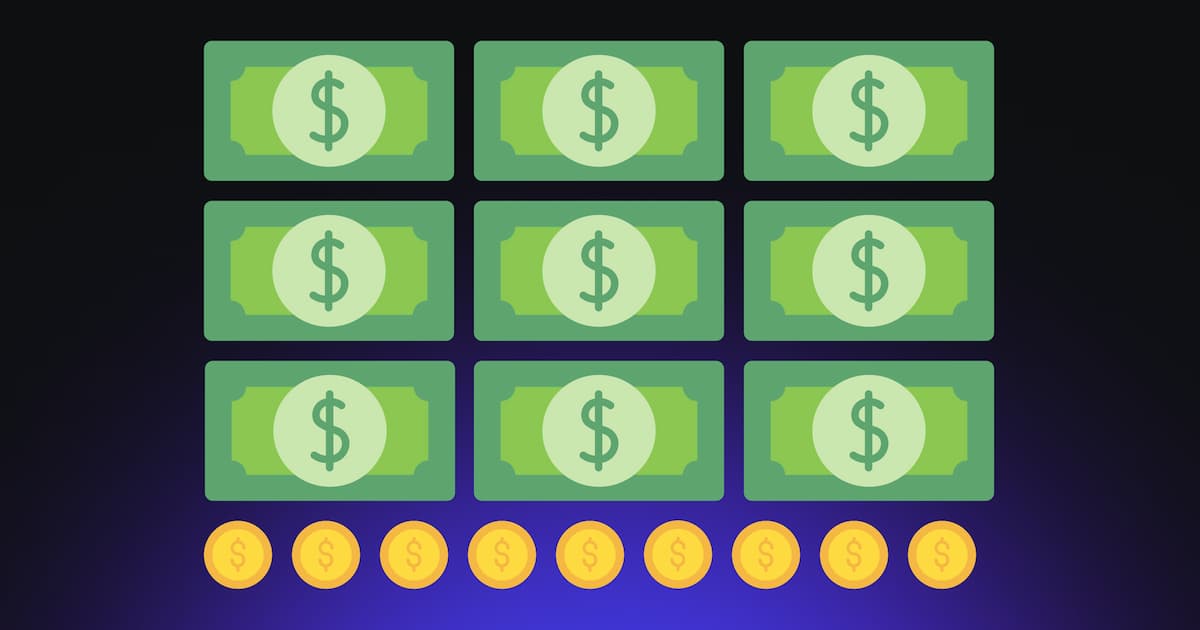Duplicate content is one of the main problems faced by website owners in terms of SEO. Search engines have a hard time determining which version of a web page to display in search results, and this can lead to a drop in your ranking. In this article, we will explore why duplicate content is harmful to your SEO and how you can avoid it.
What is duplicate content?
The different forms of duplicated content
Duplicate content is any content that exists in duplicate or multiple copies on the web. This can be content shared on different pages of your website, or content copied from other websites. It is important to note that even if the words are changed, if the general meaning remains the same, it is considered duplicate content.
The different forms of duplicate content that can hurt your SEO:
- Internal Duplicate Content: This is content that exists in duplicate or multiple copies on different pages of your website. This can happen when you have similar product pages or category pages that have the same content. It is important to identify and remove these pages to avoid damaging your SEO.
- External duplicate content: This is content that has been copied from your website and is used on other websites. This can happen when website owners copy your content without your permission. It is important to identify these sites and contact the owners to request the removal of your content.
- Duplicated content with low word content: This is content that has been modified using synonyms or similar phrases, but has the same general meaning as the original content. Search engines can still consider this content duplicate, as they have algorithms to detect similar content.
Duplicate content is different from identical content
It is important to understand that duplicate content is different from identical content. Identical content is content that is exactly the same on multiple pages, while duplicate content is content that is similar but not exactly the same. Search engines are able to detect these similarities and may consider this as duplicate content.
For example, if you have similar product pages on your site with identical descriptions, this would be considered identical content. Whereas if you have similar product pages on your site with similar descriptions but not exactly the same, that would be considered duplicate content. It is important to understand the difference between these two types of content to avoid hurting your SEO.
How do search engines deal with duplicate content?
Search engines use algorithms to detect and process duplicate content: Google search engine algorithms
These algorithms analyze different elements of the page, such as textual content, images, titles and meta descriptions, to determine whether or not the content is duplicated.
When they detect web pages with duplicate content, they tend to choose only one version to display in the search results, this version is called"canonical version". Other versions are usually ignored or ranked lower in the search results, so it's important to use canonical tags to tell Google which version of your page is canonical.
It is also important to note that search engines can also penalize your website for duplicate content, this can result in a drop in your overall ranking. It is therefore important to identify and remove any duplicate content on your website to avoid any SEO problems.
How to avoid duplicate content?
There are several ways to avoid duplicate content on your website. Here are some tips to help you avoid this problem:
- Use canonical tags: Canonical tags are a method of telling search engines which pages should be considered the original version. This allows search engines to understand which pages should be displayed in search results and which should be ignored. It is important to note that it is better to use canonical tags rather than redirects, as they allow search engines to understand which pages are the originals without having to follow redirects.
- Use a plugin or duplicate content detection tool: There are plugins for the major CMS (Content Management System) that allow you to detect pages that contain duplicate content. These plugins allow you to identify pages that contain duplicate content, allowing you to correct or delete them.
- Use tools to check if your content is present: There are online tools such as Copyscape that allow you to check if your content is present on other websites. Simply enter the URL of your page and see if there are any duplicates. If you find duplicates, you can contact the owners of those sites to request the removal of your content.
- Use unique, original and quality content for your site. To write quality content, you can use a writing tool like Dokey.
- Check your site regularly for duplicate content.
- Use content monitoring tools to help you spot duplicate content in real time: how to do an SEO audit of your website?
It is important to note that it is best to ensure that your site does not contain duplicate content to avoid damaging your natural referencing.
In short, duplicate content can hurt your SEO by reducing your ranking in search results and penalizing your website. It is therefore important to identify and remove any duplicate content on your website to avoid any SEO problems and ensure a good ranking for your web pages.
Ready to take your website to the next level?
Improve your online visibility thanks to Digidop's experience, excellence and reactivity!





.webp)
.webp)

